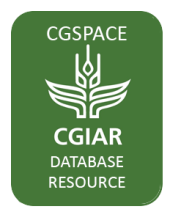/ library resources
Showing items 72055 through 72063 of 73627.Abstract Land-based mitigation technologies and practices (LMTs) are critical for achieving the Paris Agreement’s aim of avoiding dangerous climate change by limiting the rise in average global surface temperatures.
Rangelands can be described as land on which the vegetation
is predominantly grasses, grass-like plants, forbs or shrubs,
and often with trees that are grazed or have the potential to be
grazed by livestock and wildlife. They are diverse in their vegetation
This study attempts to identify the spatial-temporal extent of the agricultural drought in Zambia using remote sensing data and crop production. IDSI is superior in terms of its performance and drought detection capability and is characterized by better representation of drought severity.
In this methodological note, we propose a quantitative framework to develop a Climate and Security Index (CSI), for measuring and monitoring climate security vulnerability.
This study evaluates the context within the targeted areas in the Horn of Africa, and summarises common investments in these countries in relation to climate adaptation and climate security based on a review of Nationally Determined Contributions.
The training manual presents a step-by-step process of establishing a Climate-Smart Village (CSV), with each step being complemented with learning objectives, session guides, and educational support materials.
Sustainably managed non-native trees deliver economic and societal benefits with limited risk of spread to adjoining areas.
Pagination
Land Library Search
Through our robust search engine, you can search for any item of the over 64,800 highly curated resources in the Land Library.
If you would like to find an overview of what is possible, feel free to peruse the Search Guide.

